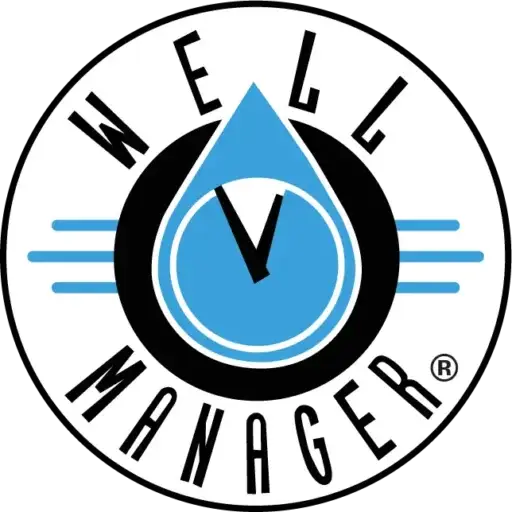Are You Suffering from Low Water Pressure?
Booster pumps are a popular solution for increasing water pressure in residential settings, especially for homes that rely on well water. However, relying solely on a booster pump may not always be sufficient to ensure consistent and adequate water pressure throughout a home. Here’s a detailed look into why a booster pump alone often falls short and what additional measures might be necessary to achieve a water pressure boost.
Top Four Reasons Your Well Booster Pump Isn’t Working
- Insufficient Source Pressure– One of the primary reasons a booster pump might not be enough is insufficient source pressure. A booster pump is designed to amplify existing pressure, not create it from scratch. If the initial pressure from the well is too low, the booster pump will struggle to provide the desired water pressure boost. Enhancing the well pump or adding a pressure tank to store water and maintain pressure might be necessary.
- Pressure Fluctuations– Standard booster pumps operate at a constant rate, which can lead to significant pressure fluctuations. This is particularly problematic in households with varying water usage throughout the day. For example, an article on the functioning of booster pumps highlights that if a shower is turned on while a dishwasher is running, the pressure might drop significantly. A variable speed pump or a constant pressure system can be more effective in addressing this issue. These systems adjust the pump speed based on real-time demand, providing more consistent water pressure.
- Demand During Peak Usage– During peak usage times, such as mornings and evenings, the demand for water in a household can exceed the capacity of a single booster pump. This results in inconsistent water pressure and an inability to meet all household needs simultaneously. Information from a guide on common booster pump problems indicates that in households with multiple water-using fixtures, the booster pump might not suffice. Additional measures, such as installing multiple pumps or a multi-stage booster pump system, can help manage peak demand and maintain consistent pressure.
- Distance and Elevation– The distance and elevation that water needs to travel can significantly impact the effectiveness of a booster pump. A single booster pump might not provide adequate pressure in multi-story homes or properties far from the water source. Insights from a water system resource explain that water needs to be pushed uphill and through long pipelines, which requires more pressure than a single booster pump can typically deliver. In such cases, a series of booster pumps or a multi-stage pump system might be necessary to achieve the required pressure boost.
Combining a Booster Pump and Pressure Tank
Combining a booster pump and a pressure tank is a verifiable method for solving the low water pressure problem in residential well water systems. This combination provides a comprehensive solution by addressing both pressure amplification and storage. The booster pump increases the water pressure while the pressure tank stores pressurized water, ensuring a consistent supply even during peak usage. This integrated approach helps mitigate pressure fluctuations and reduces the wear and tear on the booster pump by minimizing the frequency of on/off cycles. According to water system experts, such a setup improves overall water pressure and extends the pumping equipment’s lifespan.
Finding the Perfect Low Water Pressure Solution for Well Water Systems
While booster pumps effectively increase water pressure, they are not always a standalone solution for residential well water systems. Factors such as insufficient source pressure, pressure fluctuations, peak demand, distance and elevation, plumbing issues, and system integration all play a critical role in determining the overall effectiveness of a booster pump. By addressing these factors and potentially incorporating additional components or systems, such as a booster pump and pressure tank, homeowners can ensure a consistent and reliable water supply from their well systems.
Implementing a comprehensive water pressure solution requires understanding the root causes of low water pressure and tailoring the system to address these specific challenges. Whether through upgrading the well pump, installing a multi-stage booster pump, or ensuring proper system integration with a pressure tank, homeowners can achieve a reliable water pressure boost and enjoy a consistent water flow throughout their residence.
Related Reading
- Well Manager Timed Water Collection System for Low-Yield, Low-Water Pressure Problems
- How Can Environmental Factors Affect Your Well’s Water Pressure
- Why Drilling Deeper Wells Does Not Solve Low-Water, Low-Pressure Wells
- What Do I Need to Ensure My Summer Camp Can Efficiently and Reliably Run on Well Water?
- How Can You Prevent Your Well from Running Dry Again and Again?



